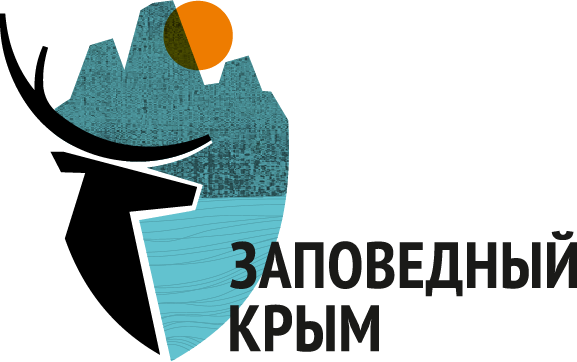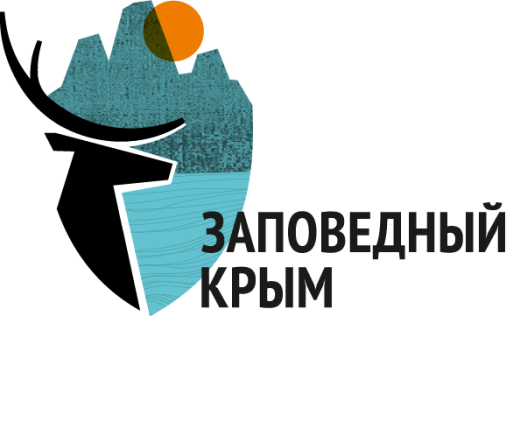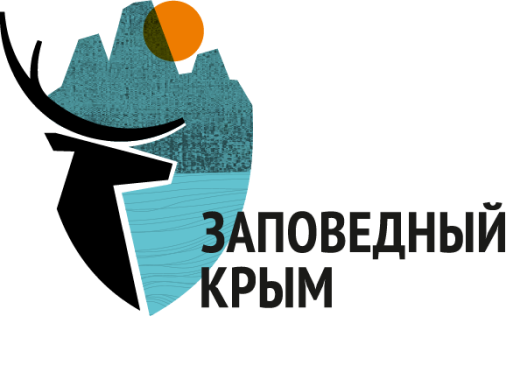

The benthic fauna of the area is quite diverse. Macrozoobenthos that inhabits the shallow water includes the following species:
- 36 species of polychaetes,
- 24 species of crustaceans,
- 19 species of bivalves,
- 6 species of gastropods,
- 2−3 species of sea anemones,
- Macroplankton species include jellyfish (Rhizostomae, Aurelia) and Ctenophora,
- At least 5 species are listed in the Red Books of the Russian Federation and Crimea.
The benthic fauna of the area is quite diverse. Macrozoobenthos that inhabits the shallow water includes the following species:
- 36 species of polychaetes,
- 24 species of crustaceans,
- 19 species of bivalves,
- 6 species of gastropods,
- 2−3 species of sea anemones,
- Macroplankton species include jellyfish (Rhizostomae, Aurelia) and Ctenophora,
- At least 5 species are listed in the Red Books of the Russian Federation and Crimea.
- 46 species from 11 families,
- at least 6 species are listed in the Red Data Books of the Russian Federation and Crimea.
It is included in the Red Data Book of the Republic of Crimea.
The two reptile species inhabiting the territory are the sand lizard (Lacerta agilis) and the Caspian whipsnake (Dolichophis caspius).
The Caspian whipsnake is listed in the Red Books of the Russian Federation and Crimea.
It is included in the Red Data Book of the Republic of Crimea.
The two reptile species inhabiting the territory are the sand lizard (Lacerta agilis) and the Caspian whipsnake (Dolichophis caspius).
The Caspian whipsnake is listed in the Red Books of the Russian Federation and Crimea.
The territory of the Lebyazhyi Islands is especially important for maintaining the size of the Palearctic populations of wetland birds and other bird groups.
The reserve is home to 266 bird species of 18 orders. A lot of species have a certain conservation status:
- 58 species are listed in the Red Data Book of Crimea;
- 39 species are listed in the Red Data Book of the Russian Federation;
- 14 species are included in the ICUN Red List;
- 134 species are protected by international conventions.
The territory of the Lebyazhyi Islands is especially important for maintaining the size of the Palearctic populations of wetland birds and other bird groups.
The reserve is home to 266 bird species of 18 orders. A lot of species have a certain conservation status:
- 58 species are listed in the Red Data Book of Crimea;
- 39 species are listed in the Red Data Book of the Russian Federation;
- 14 species are included in the ICUN Red List;
- 134 species are protected by international conventions.

- There are permanent colonies of some very rare species: 600 pairs of Caspian terns (Hydroprogne caspia), up to 600 pairs of Pallas’s gulls (Ichthyaetus ichthyaetus) and around 200 pairs of spoonbills.
- Some birds are nesting here in large numbers. There are up to 2000 pairs of great cormorants (Phalacrocorax carbo), about 4000 pairs of Caspian gulls (Larus cachinnans), up to 300 pairs of great egrets (Ardea alba) and 200 pairs of grey herons (Ardea cinerea).
- Mallards are the most numerous among the duck species. However, you can also meet common shelducks (Tadorna tadorna), gadwalls (Mareca strepera), red-breasted mergansers (Mergus serrator), red-crested pochards (Netta rufina).
- The shallow waters around the islands are known to be the place, where some birds gather during the shedding periods. Among them are 5−7 thousand mute swans (Cygnus olor), 6−12 thousand common coots (Fulica atra), up to 6 thousand mallards (Anas platyrhynchos), around 1−2 thousand diving ducks and Podiceps and up to 500−1500 great white pelicans (Pelecanus onocrotalus).
- There are permanent colonies of some very rare species: 600 pairs of Caspian terns (Hydroprogne caspia), up to 600 pairs of Pallas’s gulls (Ichthyaetus ichthyaetus) and around 200 pairs of spoonbills.
- Some birds are nesting here in large numbers. There are up to 2000 pairs of great cormorants (Phalacrocorax carbo), about 4000 pairs of Caspian gulls (Larus cachinnans), up to 300 pairs of great egrets (Ardea alba) and 200 pairs of grey herons (Ardea cinerea).
- Mallards are the most numerous among the duck species. However, you can also meet common shelducks (Tadorna tadorna), gadwalls (Mareca strepera), red-breasted mergansers (Mergus serrator), red-crested pochards (Netta rufina).
- The shallow waters around the islands are known to be the place, where some birds gather during the shedding periods. Among them are 5−7 thousand mute swans (Cygnus olor), 6−12 thousand common coots (Fulica atra), up to 6 thousand mallards (Anas platyrhynchos), around 1−2 thousand diving ducks and Podiceps and up to 500−1500 great white pelicans (Pelecanus onocrotalus).
- Among the wintering birds, the mallards (Anas platyrhynchos) are the most numerous. Their number can reach up to 35 thousand individuals. There are also around 10 thousand widgeons, up to 6 thousand tufted ducks and up to 10 thousand birds of other species (gulls, cormorants, herons, rails, owls, predatory birds and Passeridae species).
- Some rare species are also wintering on the islands. Among them are a red-breasted goose, white-tailed eagle, common curlew, pygmy cormorant, peregrine falcon, pallid harrier, eastern imperial eagle, common goldeneye, black vulture, great grey shrike and other birds.
Wintering habitat
The Lebyazhyi Islands serve as a wintering ground for many bird species.
- Among the wintering birds, the mallards (Anas platyrhynchos) are the most numerous. Their number can reach up to 35 thousand individuals. There are also around 10 thousand widgeons, up to 6 thousand tufted ducks and up to 10 thousand birds of other species (gulls, cormorants, herons, rails, owls, predatory birds and Passeridae species).
- Some rare species are also wintering on the islands. Among them are a red-breasted goose, white-tailed eagle, common curlew, pygmy cormorant, peregrine falcon, pallid harrier, eastern imperial eagle, common goldeneye, black vulture, great grey shrike and other birds.
Lebyazhyi Islands Nature Reserve is located on the African-Eurasian flyway. Therefore the number of birds is especially high during seasonal migrations.
One migration cluster can unite around 40−70 thousand birds and you can see several clusters just in one day.
The most numerous birds of the wetland complex are:
- mallards— at the height of the migration season the number of individuals goes up to 30 thousand,
- widgeons — around 5−10 thousand individuals,
- tufted ducks — up to 3−7 thousand individuals,
- 2 species of teals — 4−9 thousand individuals,
- common pochards— up to 4 thousand individuals,
- red-crested pochards— 1−3 thousand individuals,
- ruffs— 3−5 thousand individuals,
- Tringa species— 2−6 thousand individuals,
- gulls— up to 4−9 thousand individuals,
- great egrets— up to 2 thousand individuals.
Lebyazhyi Islands Nature Reserve is located on the African-Eurasian flyway. Therefore the number of birds is especially high during seasonal migrations.
One migration cluster can unite around 40−70 thousand birds and you can see several clusters just in one day.
The most numerous birds of the wetland complex are:
- mallards— at the height of the migration season the number of individuals goes up to 30 thousand,
- widgeons — around 5−10 thousand individuals,
- tufted ducks — up to 3−7 thousand individuals,
- 2 species of teals — 4−9 thousand individuals,
- common pochards— up to 4 thousand individuals,
- red-crested pochards— 1−3 thousand individuals,
- ruffs— 3−5 thousand individuals,
- Tringa species— 2−6 thousand individuals,
- gulls— up to 4−9 thousand individuals,
- great egrets— up to 2 thousand individuals.
Lebyazhyi Islands Nature Reserve is home to the following mammal species:
- a house mouse, social vole, least weasel, steppe polecat and raccoon dog;
- brown hares, foxes and wolves can be met at the reserve during the winter;
- sea waters of the nature reserve are inhabited by three cetacean species: a short-beaked common dolphin, bottlenose dolphin, and Black Sea harbour porpoise.
Lebyazhyi Islands Nature Reserve is home to the following mammal species:
- a house mouse, social vole, least weasel, steppe polecat and raccoon dog;
- brown hares, foxes and wolves can be met at the reserve during the winter;
- sea waters of the nature reserve are inhabited by three cetacean species: a short-beaked common dolphin, bottlenose dolphin, and Black Sea harbour porpoise.
- The bottlenose dolphin, the Black Sea harbour porpoise and the short-beaked common dolphin are listed in the Red Data Book of the Russian Federation.
- The three species of dolphins and the steppe polecat are included in the Red Data Book of Crimea.
- Various international conventions protect the three species of dolphins, the steppe polecat, the least weasel, the wolf and the brown hare.

Forest Nature Reserve
Nature Reserve
Nature Reserve
and Water Area
+7 365 423 30 50
+7 365 437 88 41
zapovedcrimea@mail.ru
All rights reserved. Any copying from this site is prohibited without permission of the directorate.
+7 365 423 30 50
+7 978 904 24 40 (hotline)
+7 978 901 56 70
(Deputy Ranger Service Director)








